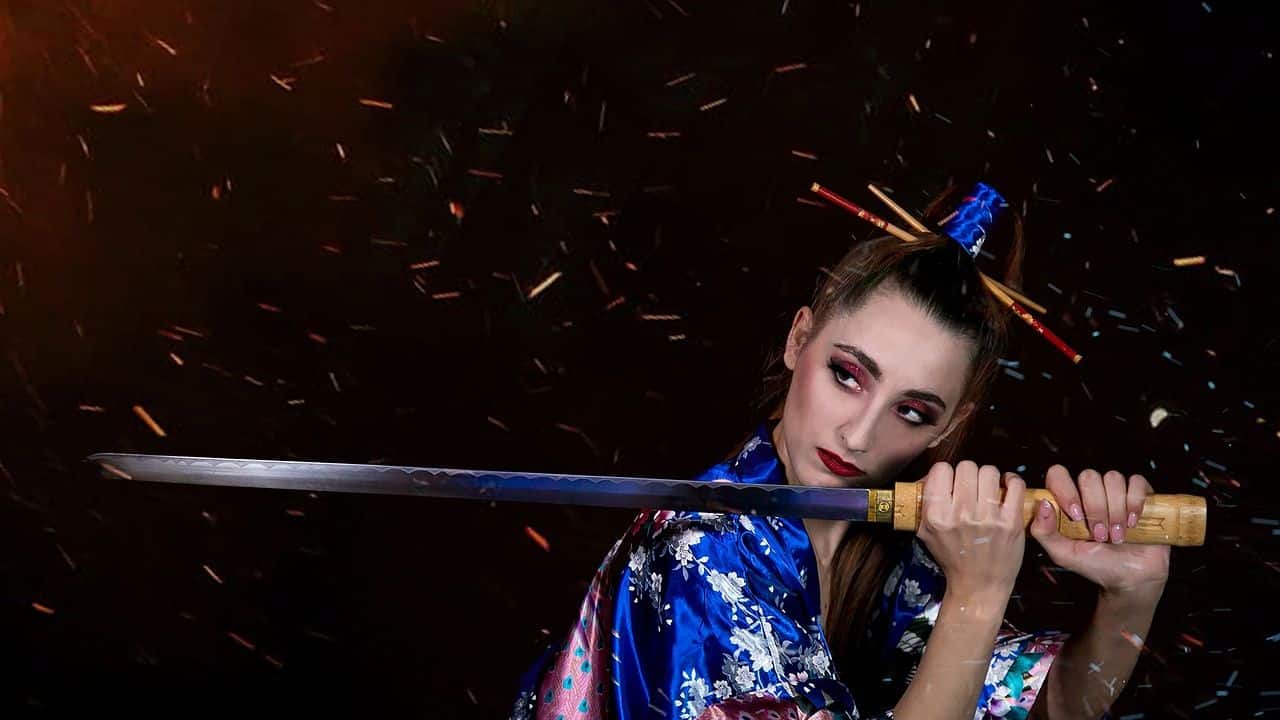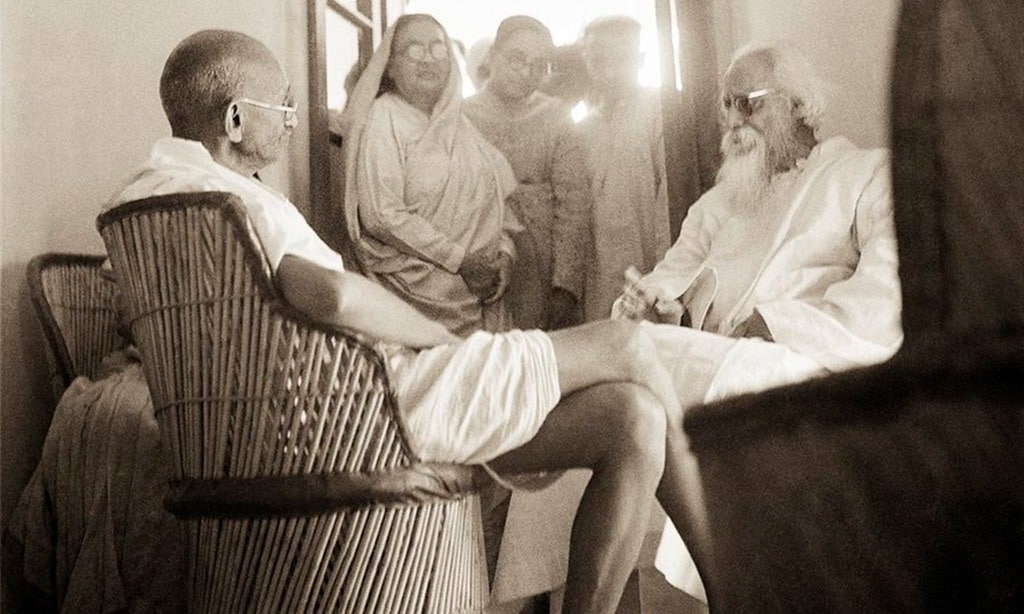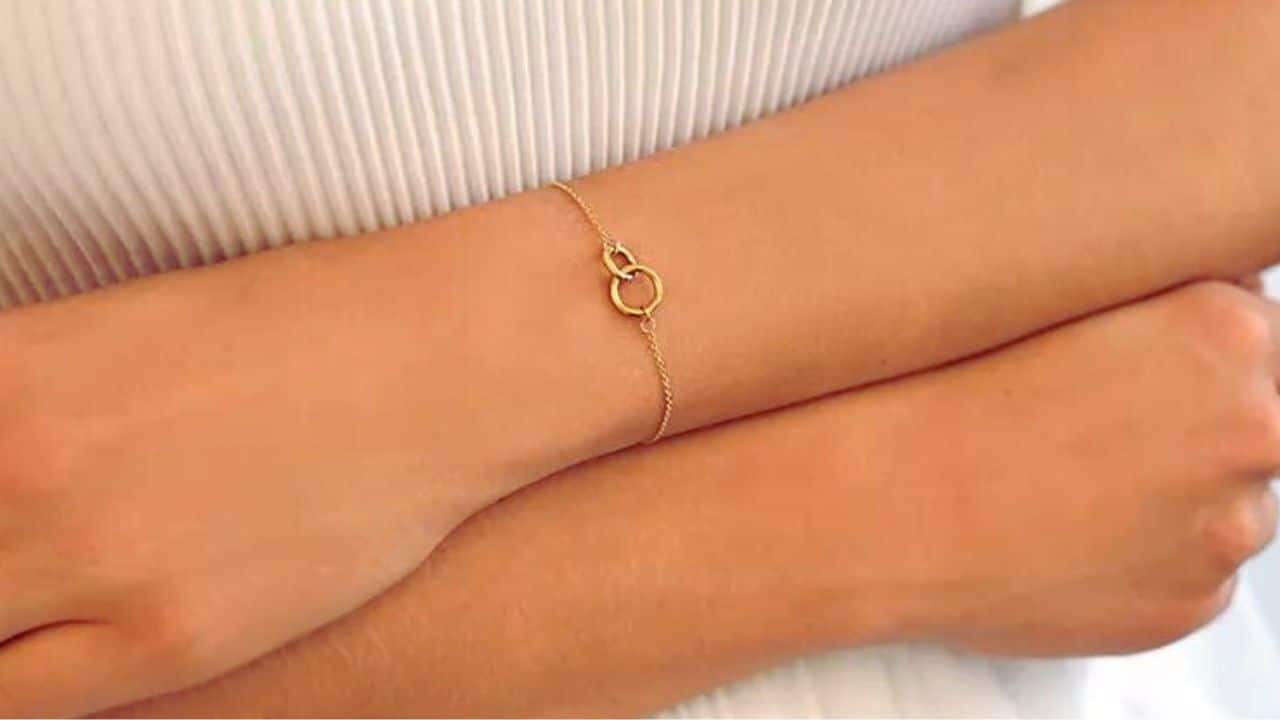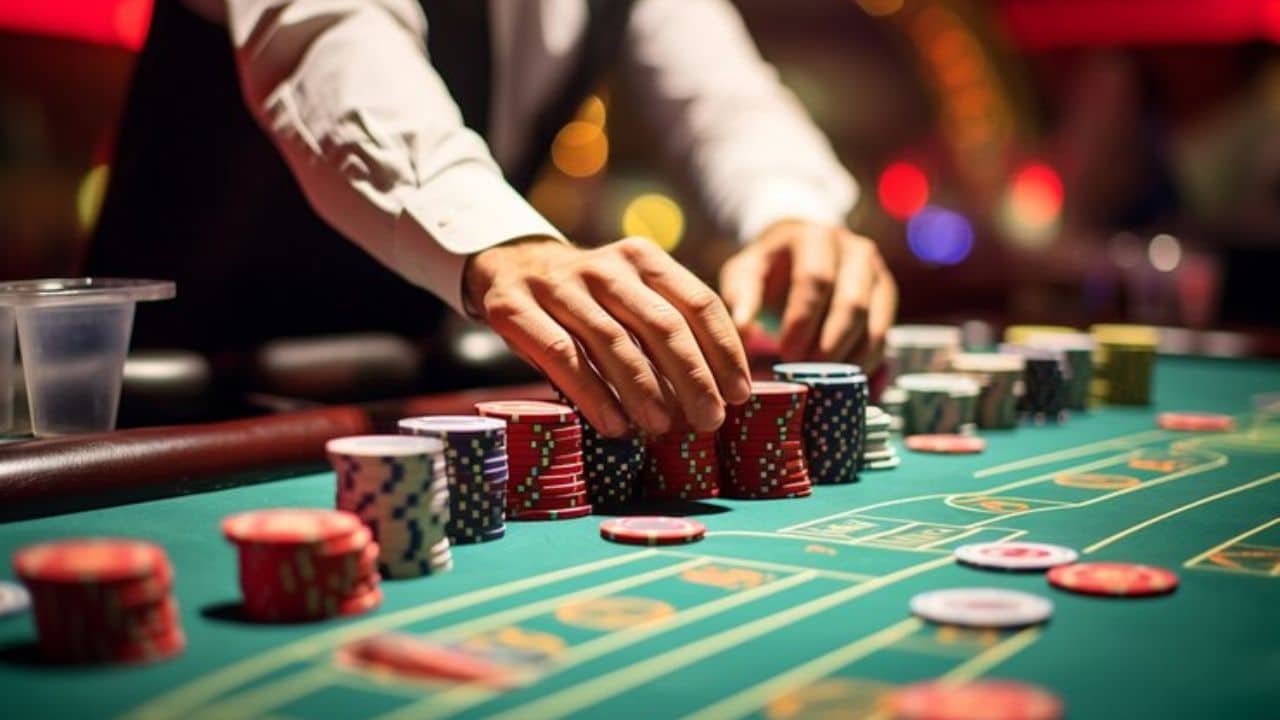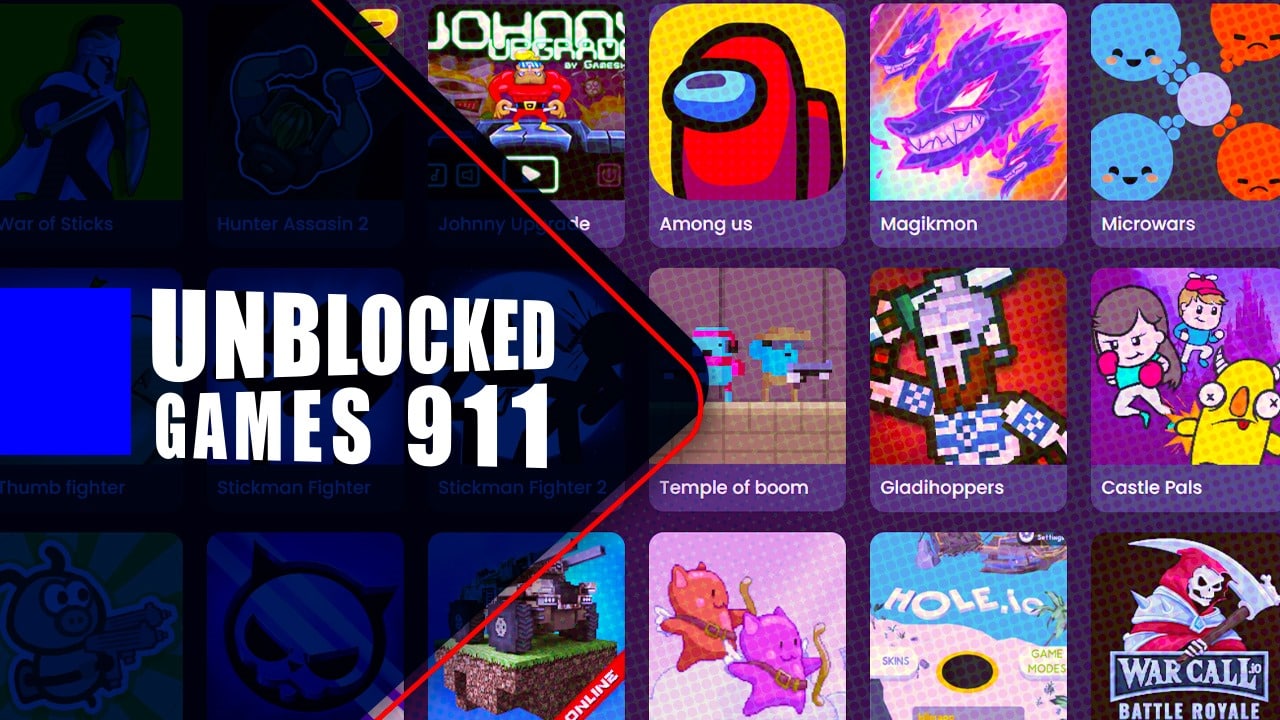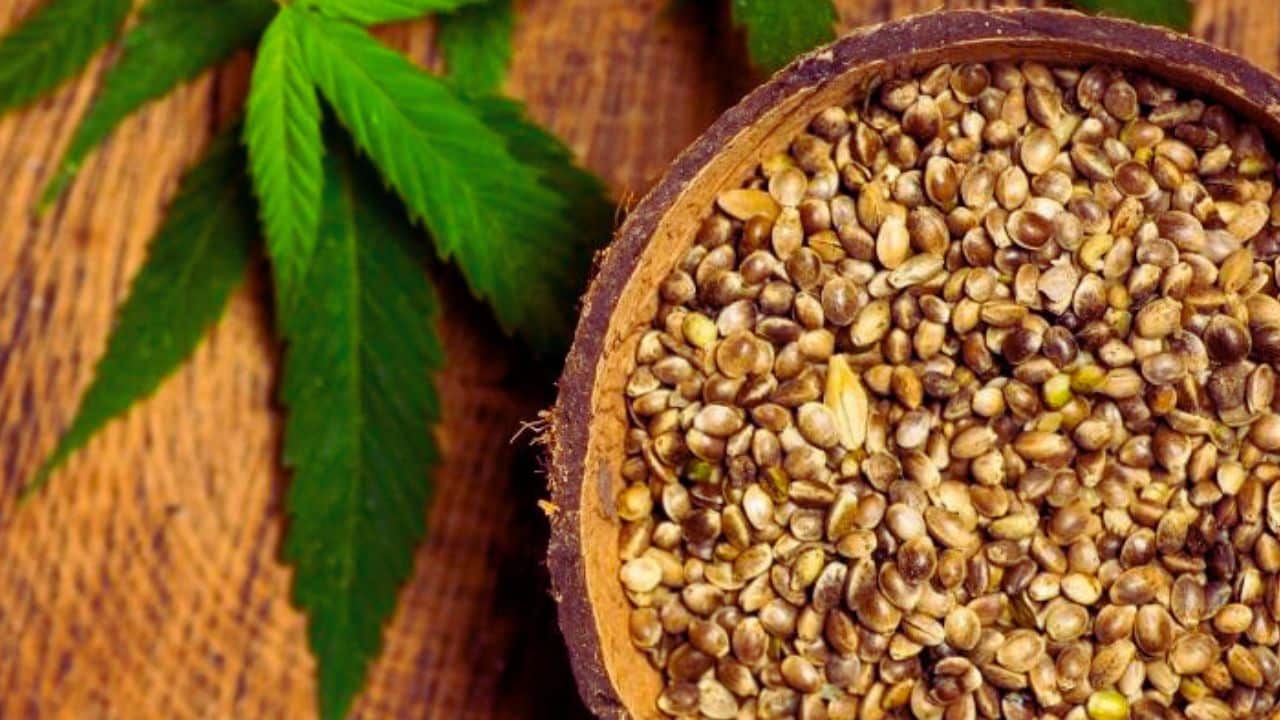Great smiths craft many blades and weapons, but only a few gained the people’s interest. The Japanese Samurai sword, especially the katana, is the most favored piece ever. Katana is not just a weapon; it is a work of art. Since its appearance in many popular movies and media, more people have grown interested in swords. The swords symbolized the personal honor and social position of the Samurai in society.
This article will explore the mesmerizing history and evolution of Japanese Samurai swords, exploring their significance, craftsmanship, and presence in the United States market. So, grab your virtual seat on this journey through time and steel as we unravel the story of the Katana sword in the US.
The Birth Of The Katana
Ancient Origins
The story of the Katana begins in ancient Japan, where swords played a pivotal role in warfare and culture. The earliest forms of Japanese swords date back to the Jokoto period (before 900 AD). These early swords were straight and had a single edge, reflecting influences from neighboring China and Korea.
The Emergence Of the Tachi
During the Heian period (794-1185 AD), the tachi sword gained popularity among the samurai. The tachi was worn edge-down, suspended edge-down from the waist, and was primarily used in horseback combat. It marked a significant step towards the katana’s evolution.
Rise Of The Katana
It was during the Kamakura period (1185-1333 AD). As armies increased, the cavalry became a rare view on the battleground. It was due to the change wherein foot soldiers took over the army’s main forces. And while several Tachi were still created, the rise of the katana was already at the start.
The Golden Age Of Katana
The Muramasa School
Muramasa, commonly known as Sengo Muramasa, was a renowned swordsmith of this era. His blades were known for their exceptional sharpness and cutting ability. The demand for Muramasa swords surged, and they became highly prized possessions among the samurai.
The Feudal Era
During the Feudal Era, katana swords symbolized the samurai’s honor and social status. These swords were weapons and works of art with intricate designs and craftsmanship. The samurai code, Bushido, emphasized the importance of the katana in a warrior’s life.
The Katana In Modern Times
The Meiji Restoration
The Shinsakuto period refers to the time of the blades created from the 19th century until today. Upon the decline of the Tokugawa Shogunate, the Meiji rose to power. This period marked the start of modernization or the Meiji Restoration. This time, the government abolished the ownership of the Samurai. They no longer had the right to carry swords, including the Daisho, a sign of their status.
Katana In The US
The fascination with Japanese culture and martial arts brought katana swords in the 20th century to the United States. These swords became highly sought after by collectors, martial artists, and enthusiasts. Today, there is a growing market for real katana sales in the US.
Crafting A Katana
The Art Of Swordsmithing
Crafting a katana is a meticulous and highly skilled process. It involves smelting and folding steel, creating a sharp and durable blade. Swordsmiths in Japan continue to follow traditional methods, passing down their knowledge through generations.
The Legacy Lives On
As we reflect on the history and evolution of Japanese Samurai swords, we recognize their enduring legacy. These swords have transcended their role as mere weapons and have become symbols of Japan’s rich culture and heritage. The katana’s journey from ancient origins to modern fascination in the US is a testament to its timeless appeal.
The Katana’s Global Impact
Hollywood And Pop Culture
The fascination with Japanese Samurai swords, including the katana, extends far beyond Japan’s borders. Japanese Samurai swords, particularly the katana, have significantly impacted American pop culture. No wonder it became popular in countless movies, anime, and manga series. This exposure has contributed to the demand for real katana sales in the US and worldwide.
Martial Arts And Katana Training
Martial artists worldwide are drawn to the art of wielding a katana. The discipline and skill required to master this weapon make it a favorite among practitioners of various martial arts. Katana training is about combat and mastering one’s mind and body.
The Future Of Katana
A Timeless Legacy
As we look ahead, katana’s legacy appears secure. Katana symbolizes Japan’s rich history and is a testament to the continuing allure of fine craftsmanship.
In conclusion, the Katana sword has a storied past that spans centuries. Particularly, the katana is a tale of resilience, artistry, and cultural significance in the history and evolution of Japanese Samurai swords. Its evolution from a functional weapon to a revered piece of art mirrors the evolution of Japanese society itself. Today, the katana continues to captivate people worldwide, and the market for real katana sales in the US reflects the enduring allure of these legendary swords.
FAQs
Where can we buy a real katana sword in the US?
Various reputable dealers and online stores specialize in authentic katana swords in the US. Before buying the katana, thoroughly research and buy from a trusted source.
Why is the katana different from other swords?
The reason that makes the katana different from other swords is its shape. Its blade is nicely curved as compared to other swords. Aside from its unique curve, the katana is also thin and single-edged.
Are modern katana swords as well-crafted as historical ones?
Modern katana swords are crafted using advanced techniques, but traditional craftsmanship is still highly regarded. Some modern swords match the quality of historical ones.
Can I legally own a katana sword in the US?
The legality of holding a katana sword varies by state and local regulations. It’s essential to check your local regulations before buying one.
Do samurai still exist?
The samurai soldiers do not exist today. It is illegal to hold swords and arms in Japan. Regardless, the cultural legacy of the samurai exists today. The children of the samurai families also exist today.


